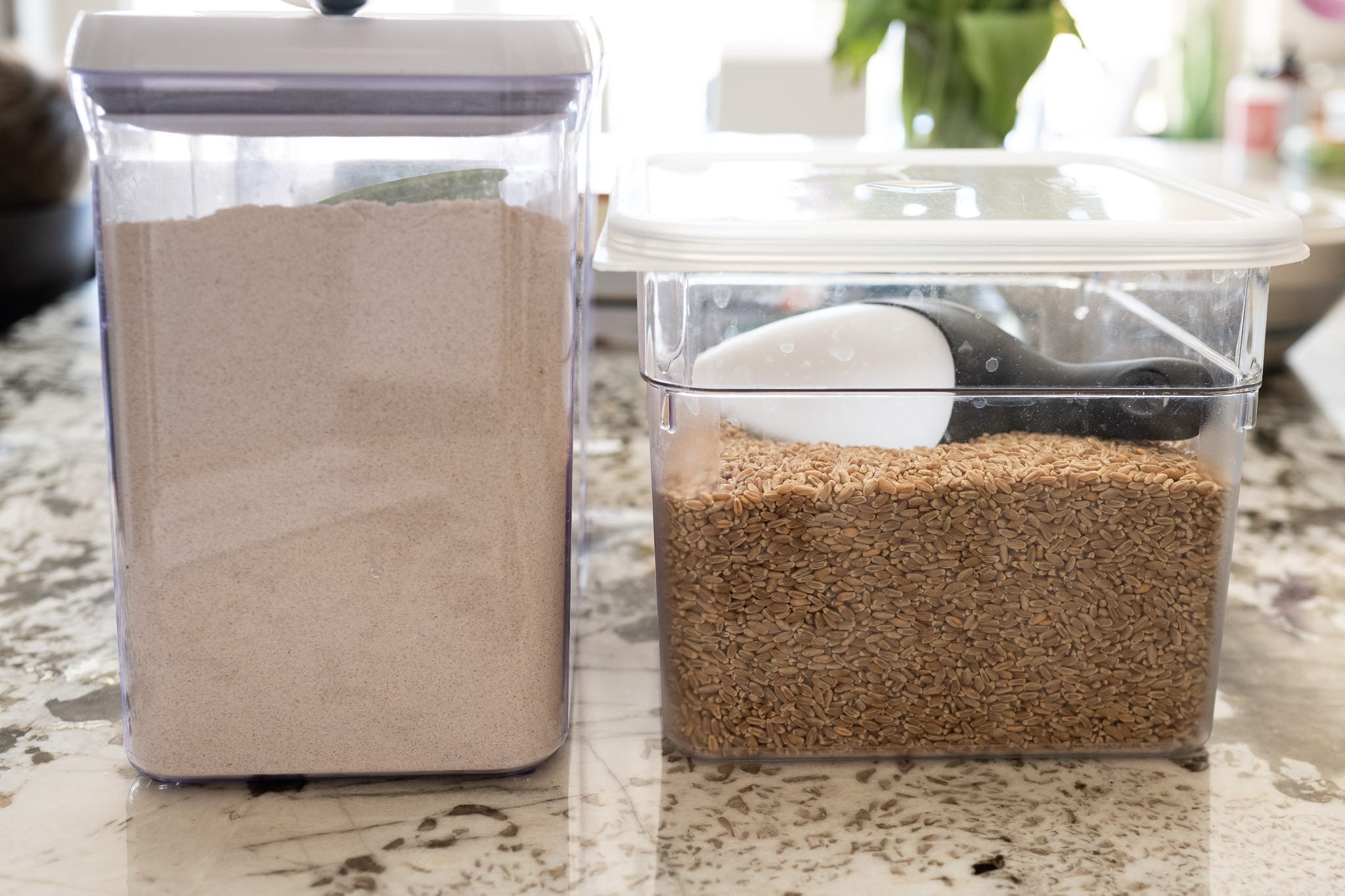

Articles
How To Store Wheat Flour For Long Time
Modified: February 27, 2024
Learn the best methods for storing wheat flour to keep it fresh and usable for extended periods. Discover helpful articles and tips for long-term storage of wheat flour.
(Many of the links in this article redirect to a specific reviewed product. Your purchase of these products through affiliate links helps to generate commission for Storables.com, at no extra cost. Learn more)
Introduction
When it comes to cooking and baking, having a good supply of wheat flour on hand is essential. Whether you’re an avid home baker or just someone who likes to dabble in the kitchen, having a stockpile of wheat flour can save you time and money in the long run. However, storing wheat flour properly is crucial to ensure its longevity and prevent it from spoiling.
Proper storage of wheat flour involves understanding the factors that can affect its quality and taking appropriate actions to maintain its freshness. This article will guide you through the necessary steps to store wheat flour for an extended period of time so that you can enjoy the convenience of having it readily available whenever you need it.
Key Takeaways:
- Proper storage of wheat flour involves considering factors like moisture absorption, temperature, light exposure, and pests. Use airtight containers, avoid common mistakes, and be mindful of signs of spoilage to maintain flour freshness.
- To store wheat flour for an extended period, use airtight containers, keep it in a cool, dry place, and inspect for pests regularly. Avoid common mistakes and be aware of signs of spoiled flour for optimal results.
Read more: How To Store Whole Wheat Flour Long Term
Factors to Consider Before Storing Wheat Flour
Before you start storing wheat flour, it’s crucial to take into account certain factors that can impact its shelf life and quality. By considering these factors, you can make informed decisions about the storage conditions and containers that will best preserve the flour. Here are some key factors to consider:
- Absorption of Moisture: Wheat flour has a high moisture absorption capacity, which means it can easily absorb moisture from the surrounding environment. This moisture can lead to the development of mold or create a breeding ground for insects. Therefore, it’s essential to store wheat flour in a dry and cool place with low humidity.
- Temperature: Extreme temperatures can also affect the quality of wheat flour. High temperatures can cause the flour to spoil quickly or develop an unpleasant odor, while lower temperatures may cause the flour to clump or become rancid. Therefore, it’s important to store wheat flour at a consistent temperature between 50°F and 70°F (10°C to 21°C).
- Exposure to Light: Exposure to light, especially sunlight, can degrade the quality of wheat flour over time. It’s best to store flour in opaque or dark-colored containers to prevent exposure to light. This will help maintain the color, flavor, and nutritional value of the flour.
- Presence of Pests: Pests such as weevils or bugs can infest stored wheat flour if it is not properly protected. To avoid this, always inspect the packaging of the flour before purchasing and ensure that the storage containers are airtight and sealed tightly.
By taking these factors into consideration, you can ensure that your wheat flour stays fresh for an extended period of time and retains its quality, resulting in delicious and well-textured baked goods.
Proper Storage Containers
Choosing the right storage containers for your wheat flour is crucial in maintaining its freshness and quality. The right container will protect the flour from moisture, pests, and light exposure. Here are some options for proper storage containers:
- Airtight Containers: The best storage containers for wheat flour are airtight containers. These containers seal tightly, preventing any air or moisture from entering. Look for containers with secure and durable lids that create a strong seal. Glass or food-grade plastic containers with silicone gaskets are excellent choices for storing flour.
- Metal Containers: Another option for storing wheat flour is metal containers. They are sturdy and provide good protection against pests. However, it’s important to ensure that the containers are food-grade and have a tight-fitting lid to maintain the flour’s quality.
- Food-Grade Plastic Bags: If you’re storing a large quantity of wheat flour, consider using food-grade plastic bags. These bags should be thick and durable to prevent any punctures or tears. Squeeze out any excess air before sealing the bags tightly.
Remember to label your storage containers with the date of storage to keep track of the flour’s freshness. Additionally, keep your storage containers in a cool, dry, and dark place to maintain the optimal conditions for the flour.
It’s worth mentioning that if you buy wheat flour in bulk or in paper packaging, it’s best to transfer it to a more secure and airtight container. Paper packaging is not as effective in protecting against moisture and pests, so transferring the flour to a proper storage container will ensure its longevity.
By using appropriate storage containers, you can help extend the shelf life of your wheat flour while preserving its quality and freshness for an extended period of time.
Tips for Storing Wheat Flour
Proper storage techniques play a vital role in maintaining the quality and freshness of wheat flour. By following these tips, you can ensure that your flour remains in excellent condition for a long time:
- Keep it sealed: Always store wheat flour in airtight containers to prevent moisture, pests, and air from affecting its quality. This will help maintain its freshness and prevent it from absorbing any unwanted odors or flavors from the surrounding environment.
- Cool and dry location: Store your wheat flour in a cool and dry location away from direct sunlight, heat sources, or high humidity areas. Temperature fluctuations can lead to condensation, which can compromise the integrity of the flour. A pantry or cupboard away from the stove or any appliances that generate heat is an ideal storage spot.
- Avoid frequent exposure: Try to minimize opening the storage container unnecessarily. Each time you open it, air and moisture can enter, potentially leading to the deterioration of the flour. Only open it when you need to use it and promptly close it after.
- Rotate your stock: To ensure that your wheat flour remains fresh, use the principle of “first in, first out.” By rotating your stock, you can consume the older flour before it reaches its expiration date while using the freshest flour for your recipes.
- Avoid temperature extremes: Extreme temperatures, both hot and cold, can affect the quality of wheat flour. Avoid storing it near the oven or in the freezer, as these fluctuations can lead to condensation or affect the texture and flavor of the flour.
- Inspect for pests: Regularly inspect your wheat flour for any signs of pests, such as weevils or bugs. These unwanted guests can contaminate the flour and render it unfit for use. If you notice any pests or signs of infestation, discard the flour and clean the storage container thoroughly before using it again.
By following these tips, you can ensure that your wheat flour remains fresh and of high quality for an extended period of time. Proper storage practices will not only save you money but also ensure that you always have quality flour on hand for your cooking and baking needs.
Store wheat flour in an airtight container in a cool, dark place, such as a pantry or cupboard. Keep it away from moisture, heat, and sunlight to maintain its freshness for a longer time.
Common Mistakes to Avoid
When it comes to storing wheat flour, there are several common mistakes that people often make, which can lead to the deterioration of the flour and affect its quality. By being aware of these mistakes, you can ensure that your wheat flour stays fresh and usable for an extended period of time. Here are some common mistakes to avoid:
- Using improper storage containers: Using the wrong storage containers can compromise the quality and longevity of your wheat flour. Avoid using containers that are not airtight or made of materials that can interact with the flour, such as containers made of non-food-grade plastic or metal. Opt for airtight glass or food-grade plastic containers with tight-fitting lids.
- Storing in warm and humid areas: Wheat flour is sensitive to heat and moisture, so avoid storing it in warm and humid areas like the kitchen near the stove or in the basement. Heat and humidity can promote the growth of mold and encourage the breeding of pests, compromising the quality of the flour.
- Not inspecting for pests: Pests such as weevils and bugs can infest wheat flour, especially if it is stored improperly. Always inspect the flour for any signs of pests before storing it. If you notice any insects or eggs, discard the flour and clean the storage container thoroughly to prevent further infestation.
- Storing in large quantities: While buying wheat flour in bulk can be cost-effective, storing large quantities for a prolonged period can lead to spoilage. It’s best to only purchase the amount of flour that you can use within a reasonable timeframe to ensure its freshness.
- Not labeling or dating the containers: For effective rotation, it’s important to label your storage containers with the date of storage. This will help you keep track of the freshness and ensure that you use older flour before newer ones. Labeling also prevents confusion and eliminates the need to open multiple containers to find the right one.
- Ignoring storage conditions: Ignoring the storage conditions can have adverse effects on the quality and shelf life of wheat flour. Avoid exposure to direct sunlight, extreme temperatures, or fluctuations in temperature. Find a cool, dry, and dark location to store your flour to maintain its freshness.
By avoiding these common mistakes, you can extend the shelf life of your wheat flour and ensure that it remains fresh and usable whenever you need it.
Read more: How To Store Whole Wheat Flour
Signs of Spoiled Flour
Even with proper storage, it’s important to be aware of the signs that indicate your wheat flour has gone bad. Using spoiled flour can lead to unpleasant taste, texture, and potentially even cause foodborne illnesses. Here are some signs to look out for to determine if your flour has spoiled:
- Unpleasant odor: One of the first signs of spoiled flour is a rancid or off-putting smell. If you notice any unusual or foul odors coming from your flour, it is likely spoiled and should not be used.
- Visible mold: Mold is a clear indication of spoiled flour. If you notice any spots of mold, discoloration, or fuzzy growth on the flour, it’s important to discard it immediately. Consuming flour with mold can have detrimental effects on your health.
- Unusual texture: Good quality flour should have a smooth and fine texture. If you notice any clumps, lumps, or a gritty texture, it may be a sign that the flour has absorbed moisture and is no longer good for use.
- Presence of pests: If you notice any insects, eggs, or signs of pests such as webs or excrement in your flour, it has likely been contaminated and should be discarded. Pests can carry harmful microorganisms and render the flour unsafe for consumption.
- Change in color: Fresh wheat flour should have a pale, off-white color. If you notice any changes in color, such as the flour becoming darker or developing yellow or gray patches, it’s an indication that the flour has spoiled and should not be used.
When in doubt, it’s always better to err on the side of caution and discard any flour that displays these signs of spoilage. It’s crucial to prioritize food safety and ensure that you’re using fresh and uncontaminated ingredients when cooking or baking.
Conclusion
Properly storing wheat flour is essential to maintain its freshness, quality, and usability over an extended period of time. By considering factors such as moisture absorption, temperature, light exposure, and pests, you can take the necessary precautions to ensure your flour remains in optimal condition.
Choosing the right storage containers, such as airtight containers or food-grade plastic bags, is key to protecting the flour from moisture, pests, and light. Avoiding common mistakes like using improper containers, storing in warm and humid areas, and neglecting to inspect for pests can help preserve the quality of your flour.
Being aware of the signs of spoiled flour, such as an unpleasant odor, visible mold, unusual texture, presence of pests, or changes in color, is crucial for determining if the flour is still safe for consumption. If any of these signs are present, it’s important to discard the flour to prevent any health risks.
By following these guidelines and implementing proper storage techniques, you can ensure that your wheat flour remains fresh and usable for a longer period, saving you money and ensuring consistent and delicious results in your cooking and baking endeavors.
Remember, investing a little time and effort in properly storing your wheat flour will pay off in the long run, ensuring that you always have a reliable ingredient at hand whenever you need it.
Frequently Asked Questions about How To Store Wheat Flour For Long Time
Was this page helpful?
At Storables.com, we guarantee accurate and reliable information. Our content, validated by Expert Board Contributors, is crafted following stringent Editorial Policies. We're committed to providing you with well-researched, expert-backed insights for all your informational needs.
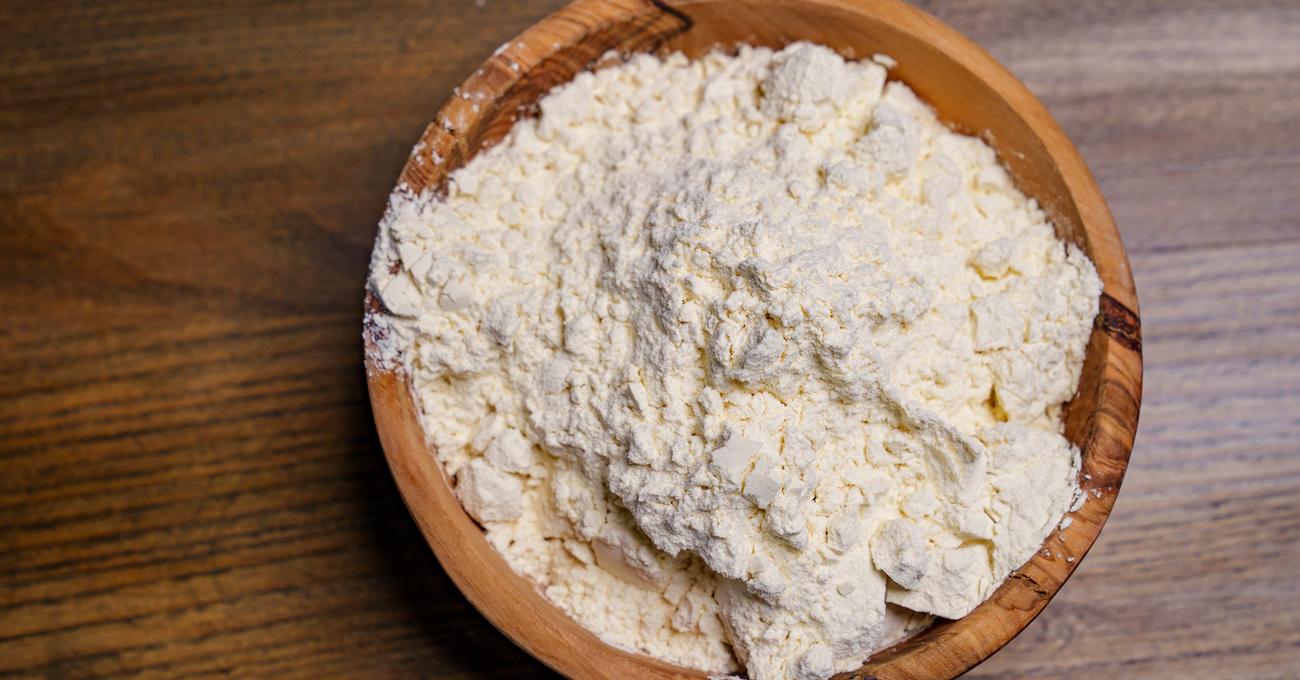
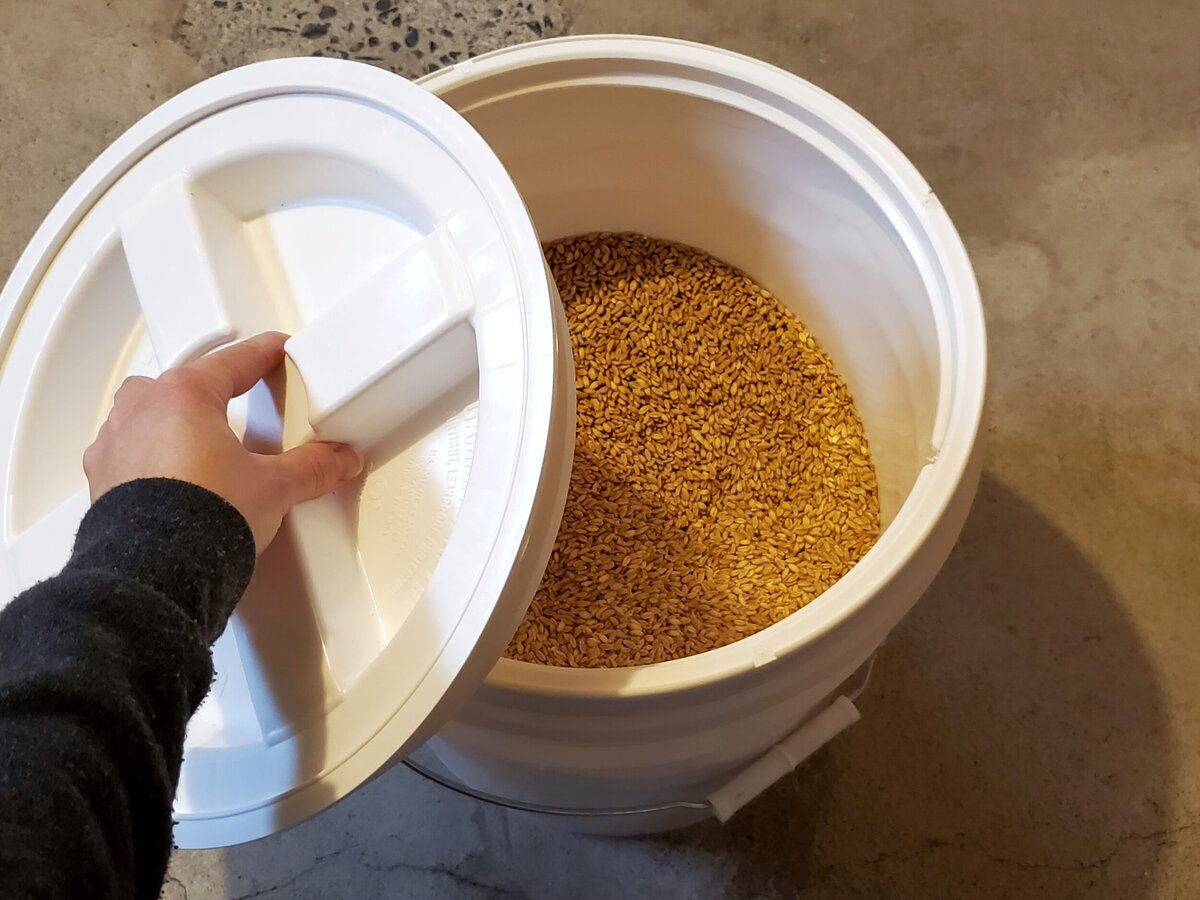
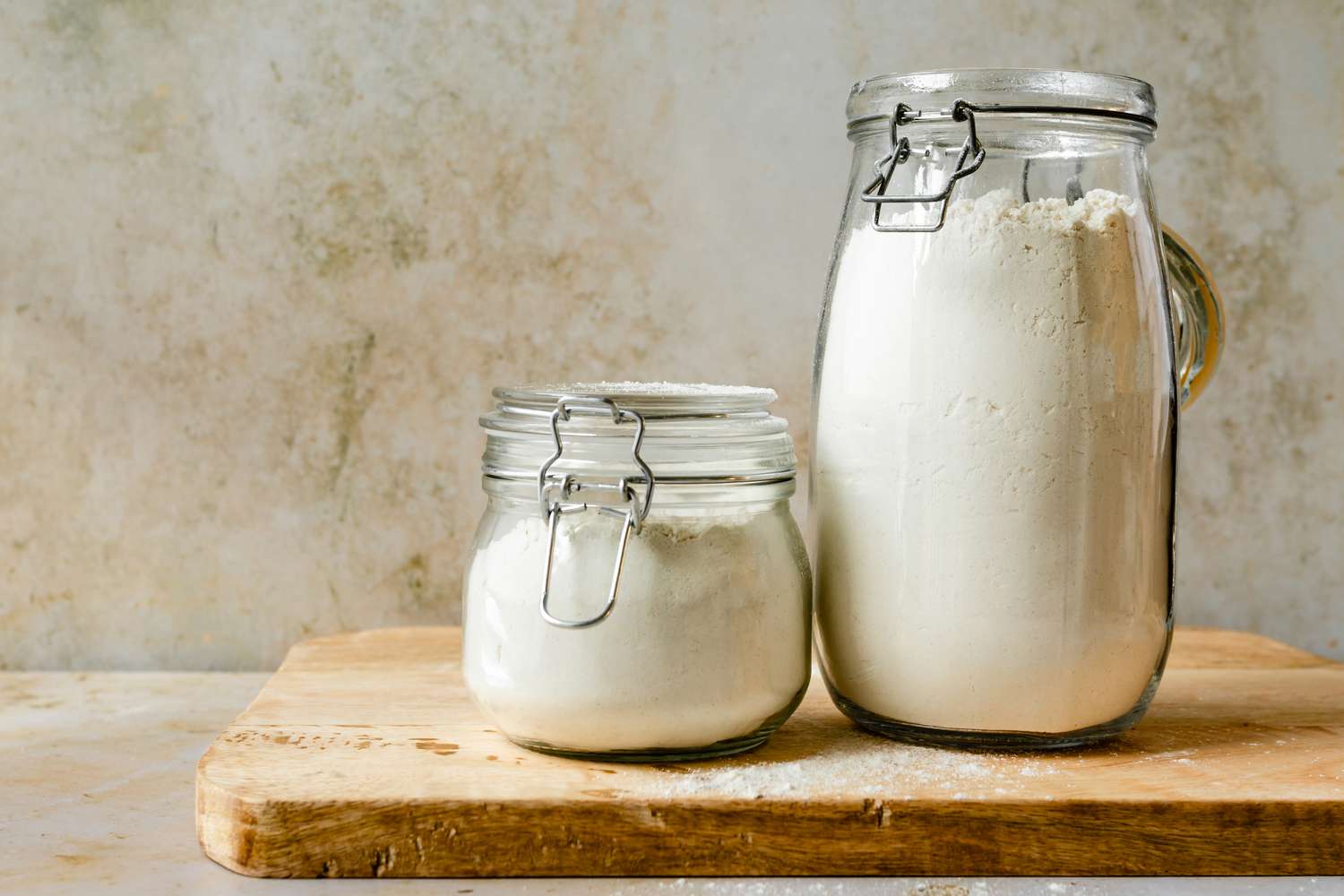
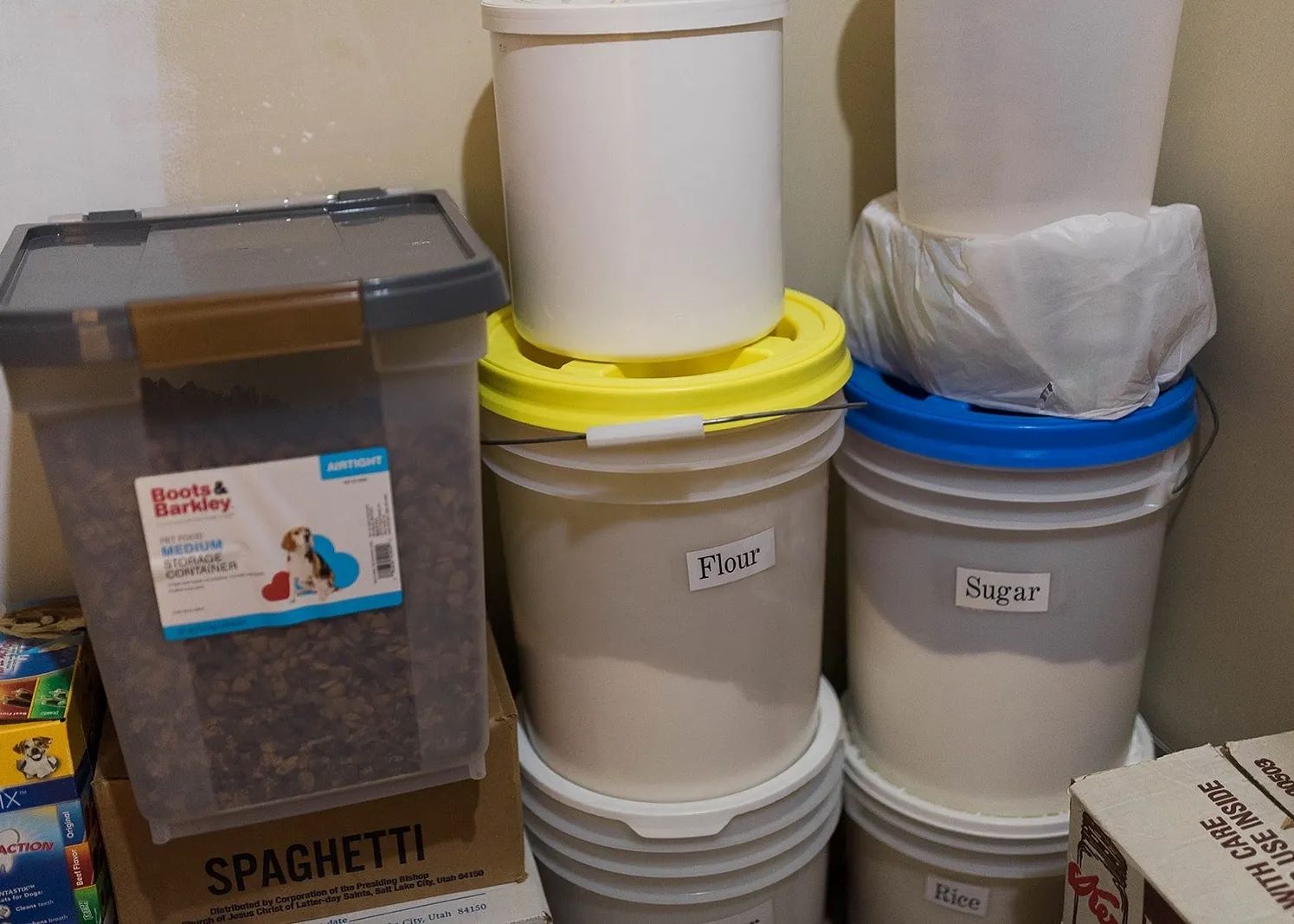
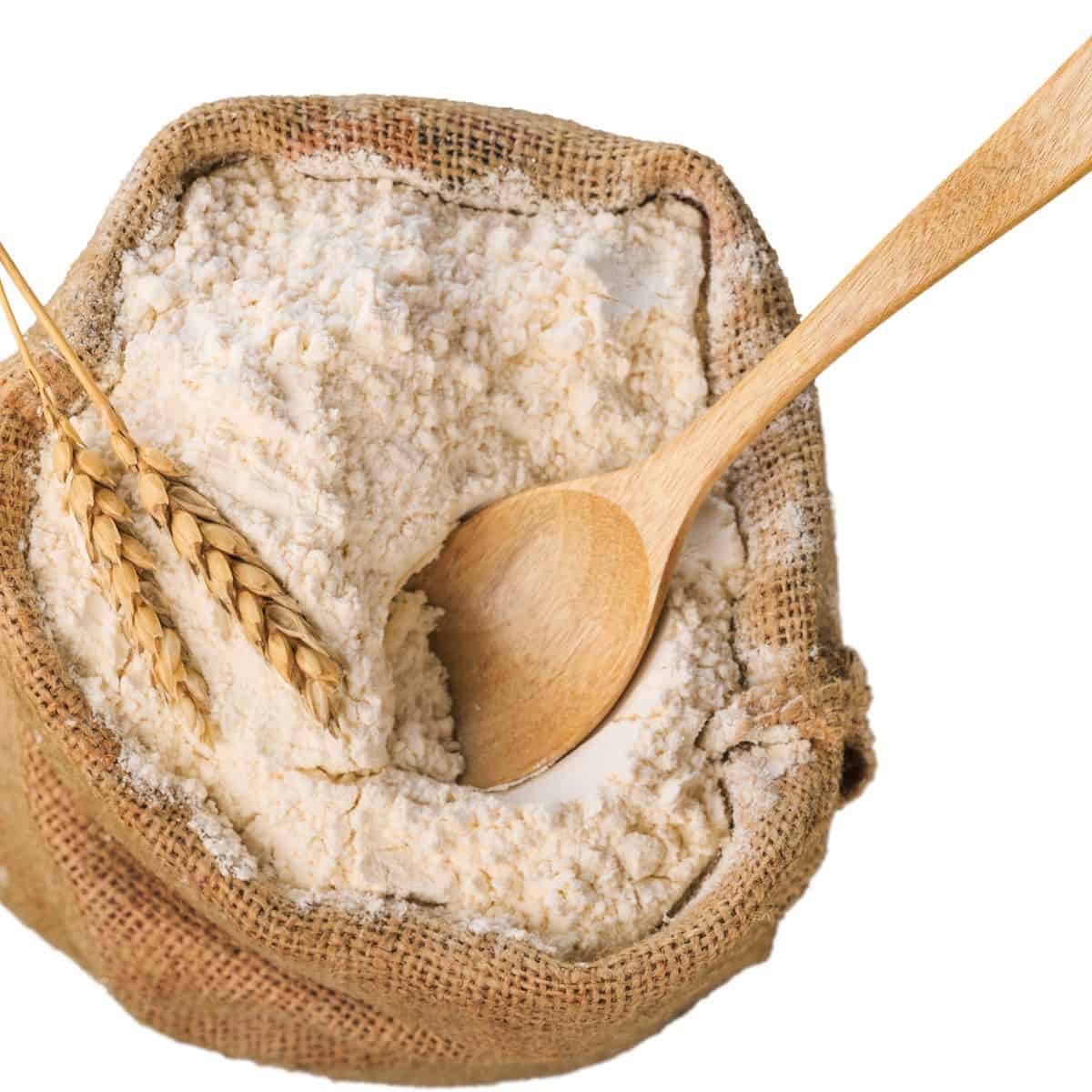
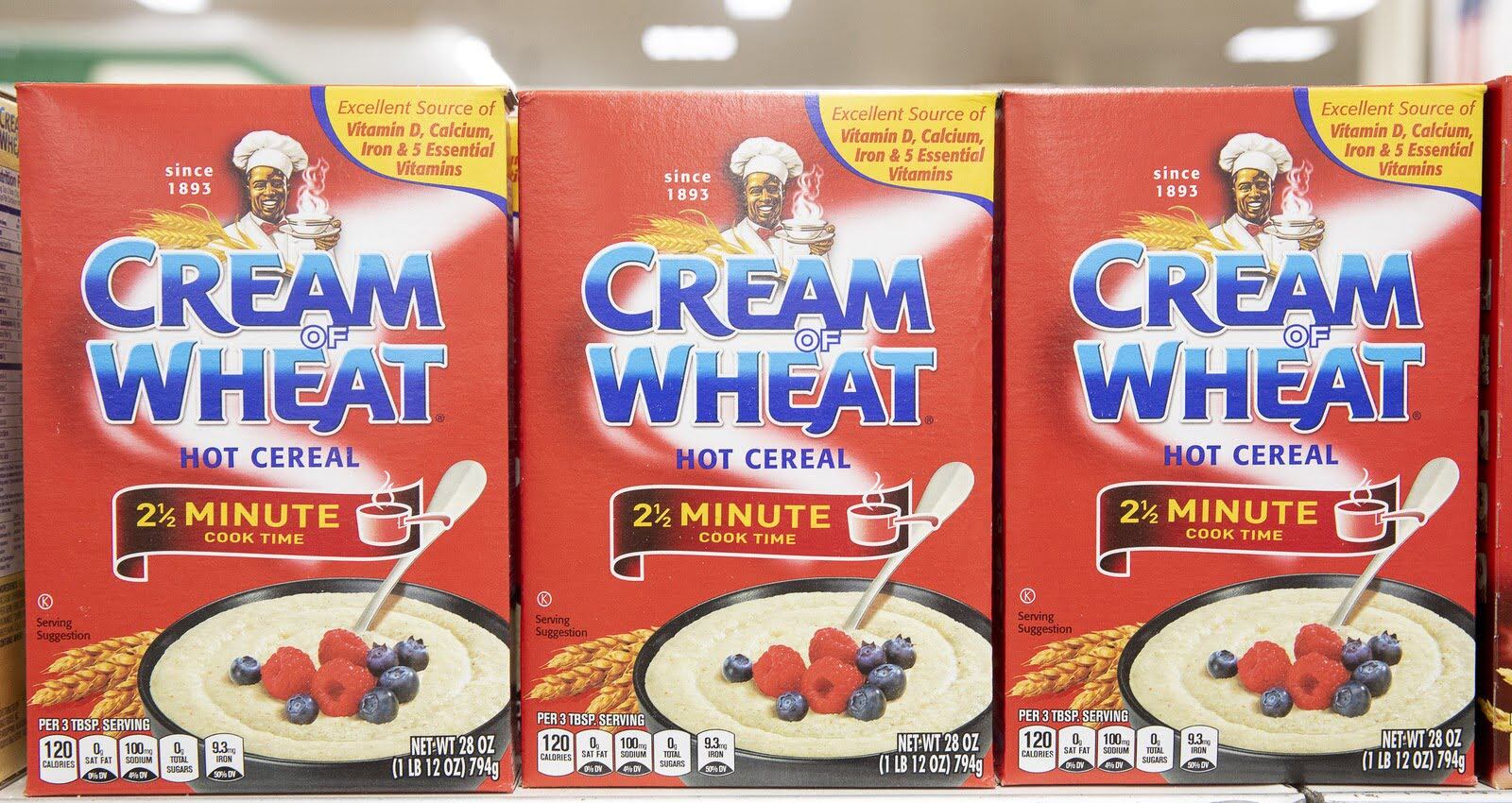

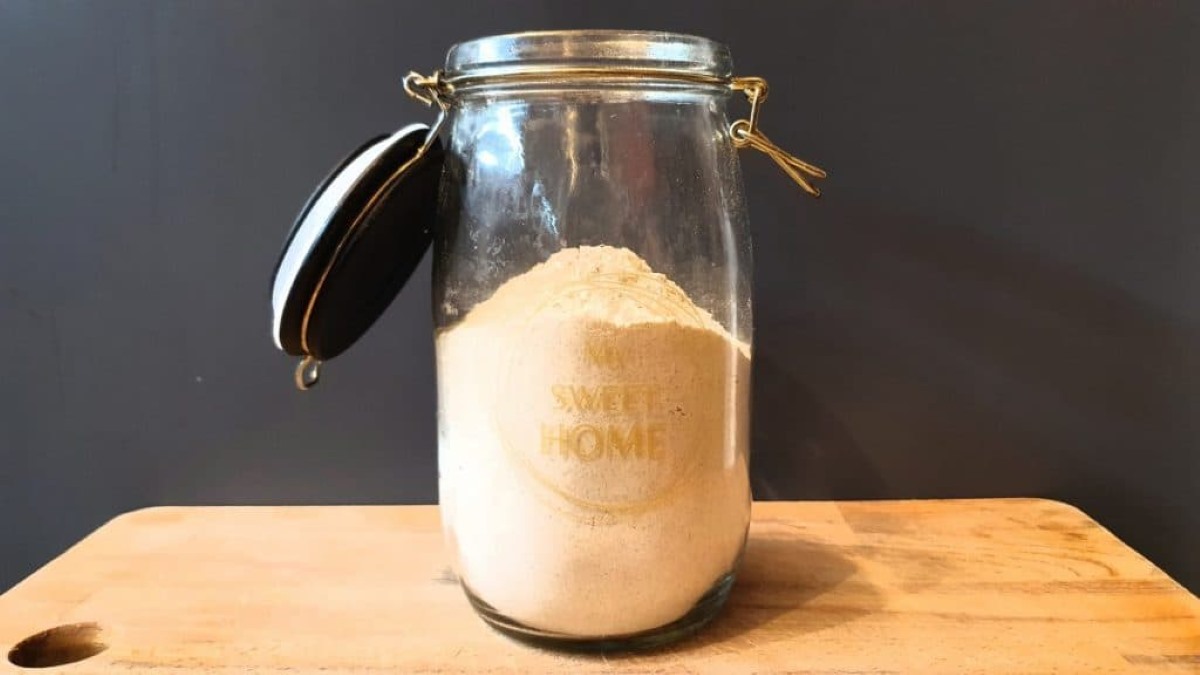
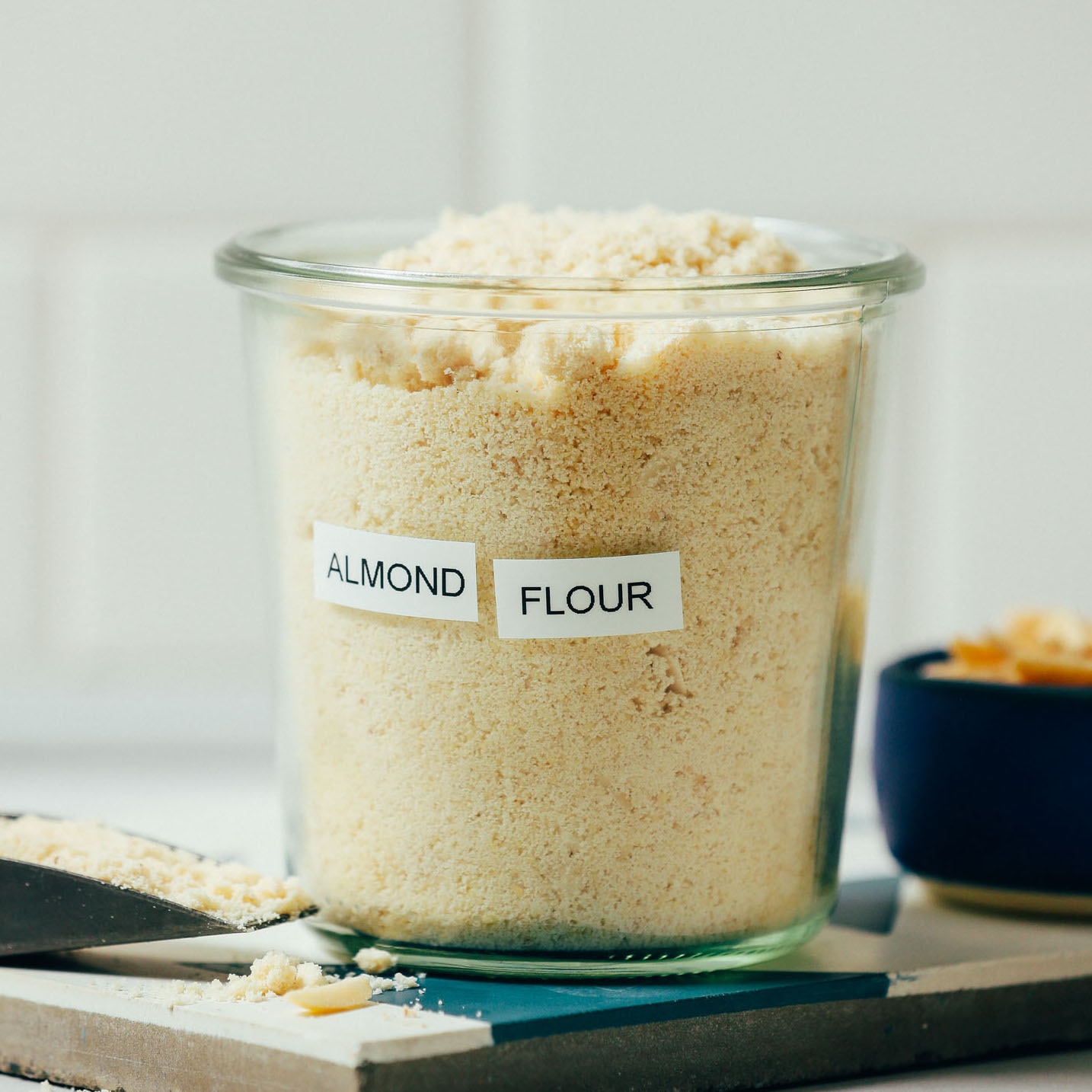
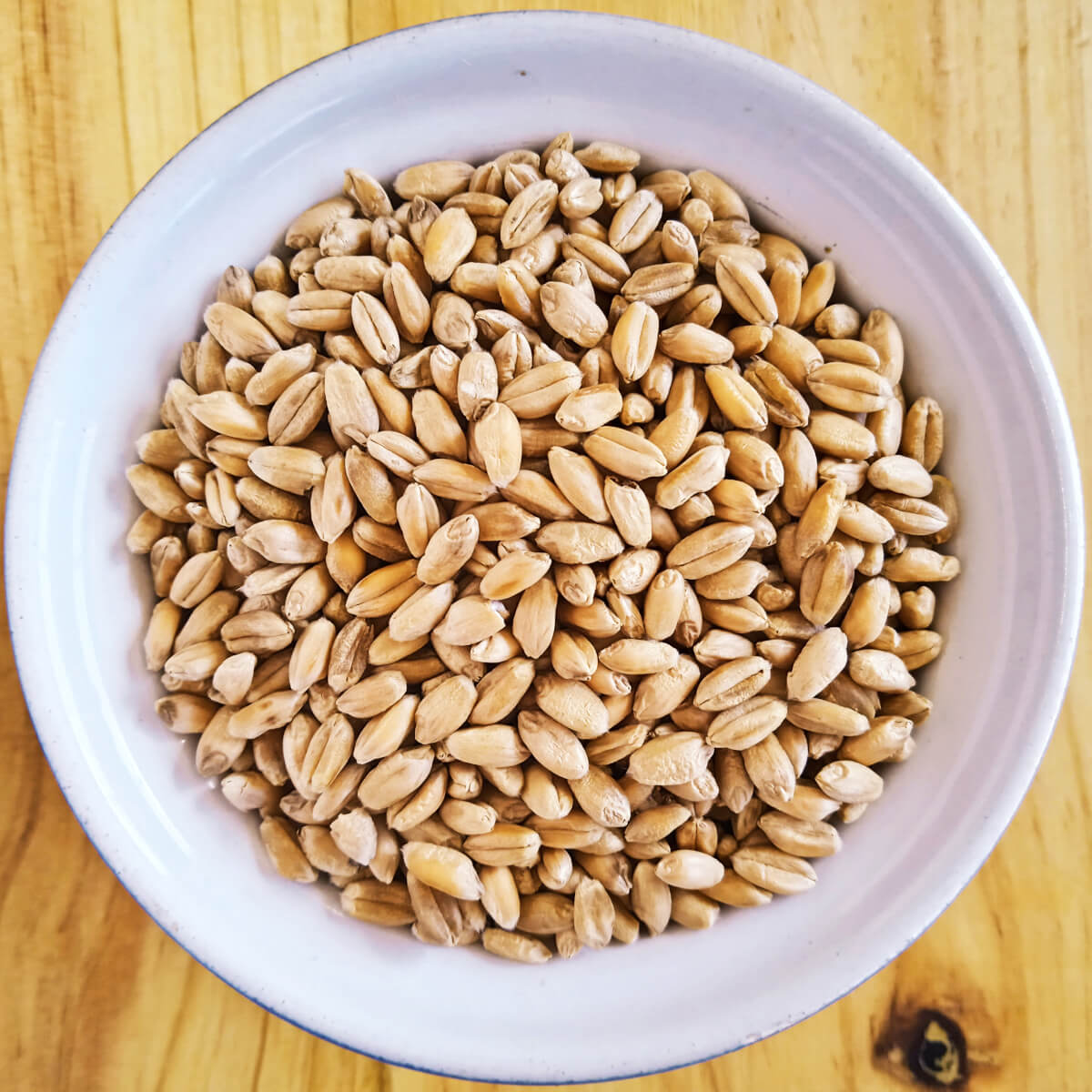

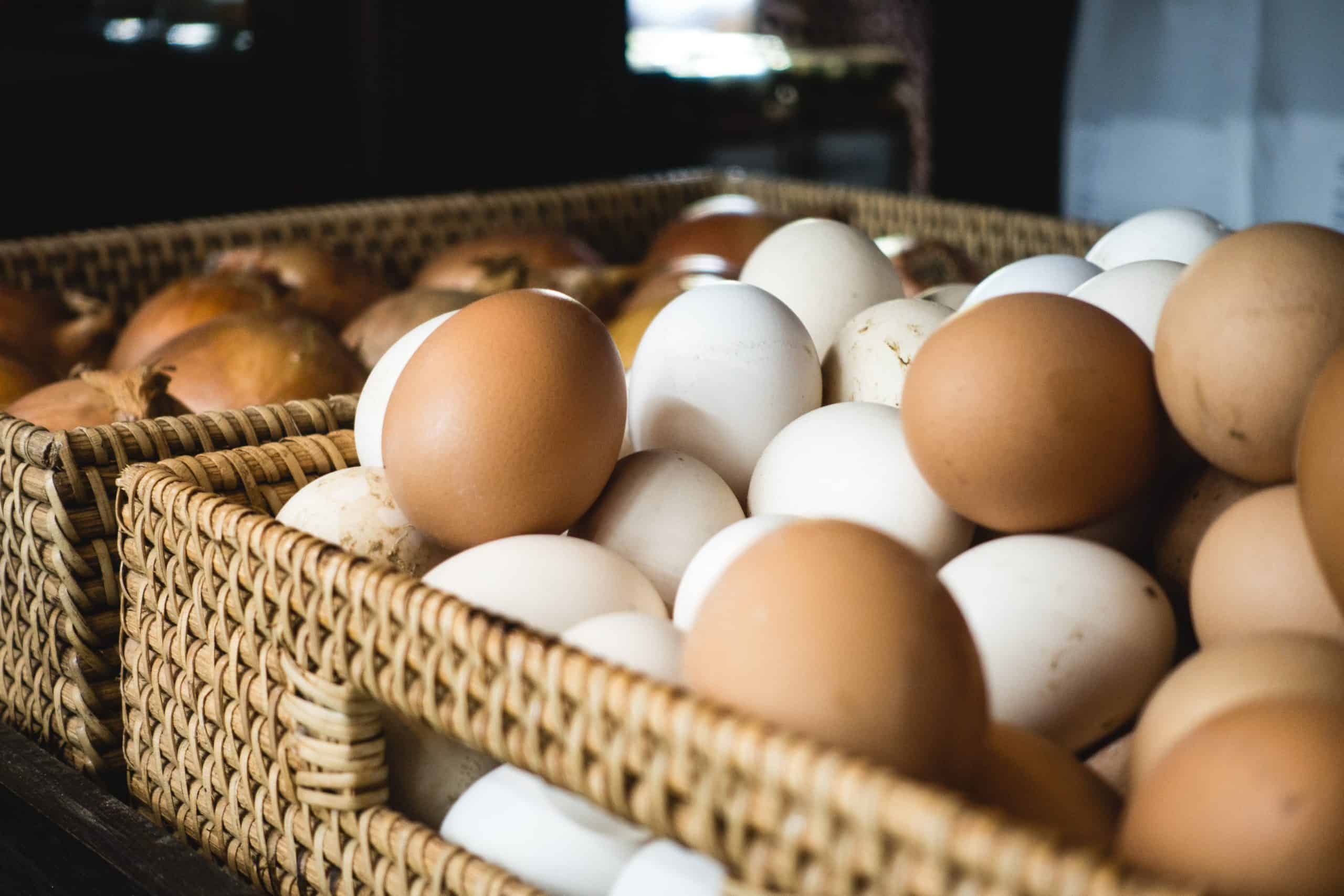

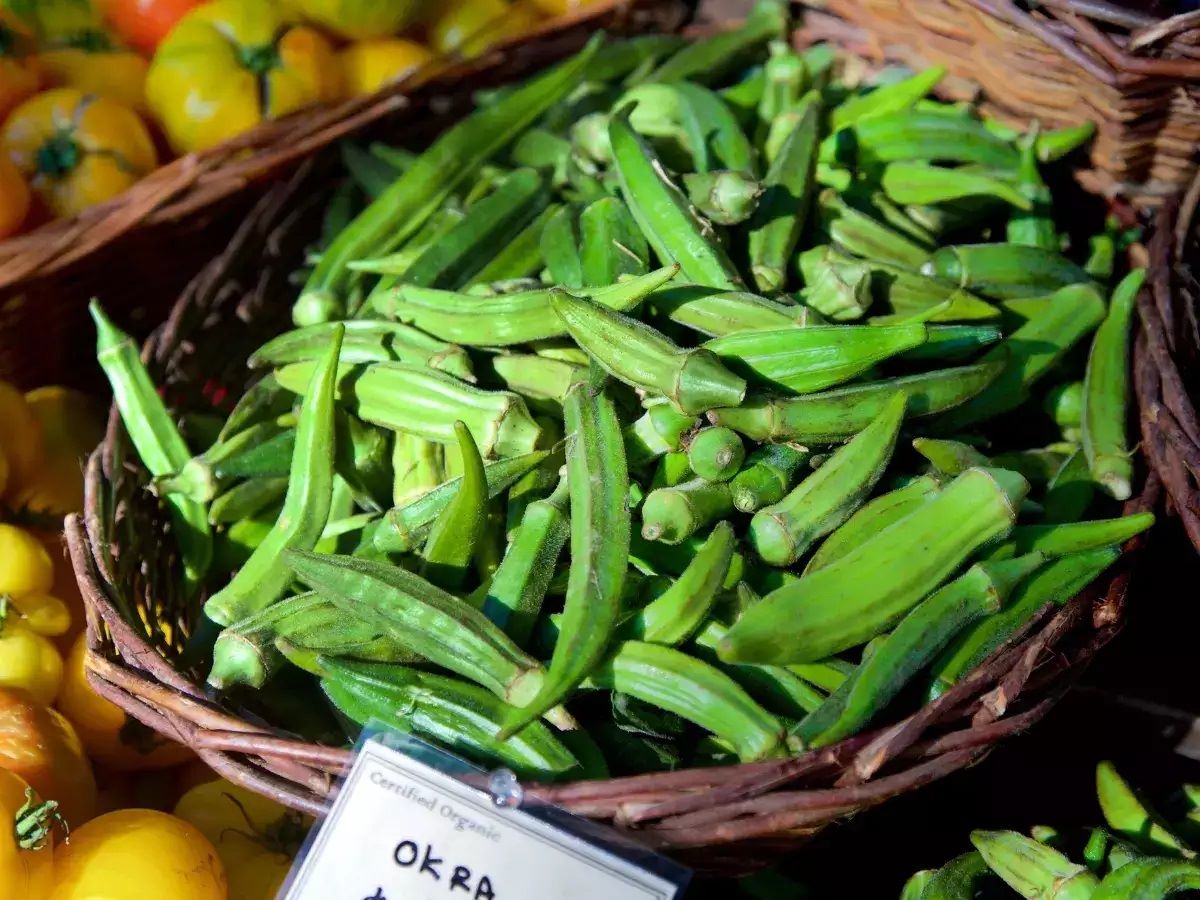

0 thoughts on “How To Store Wheat Flour For Long Time”